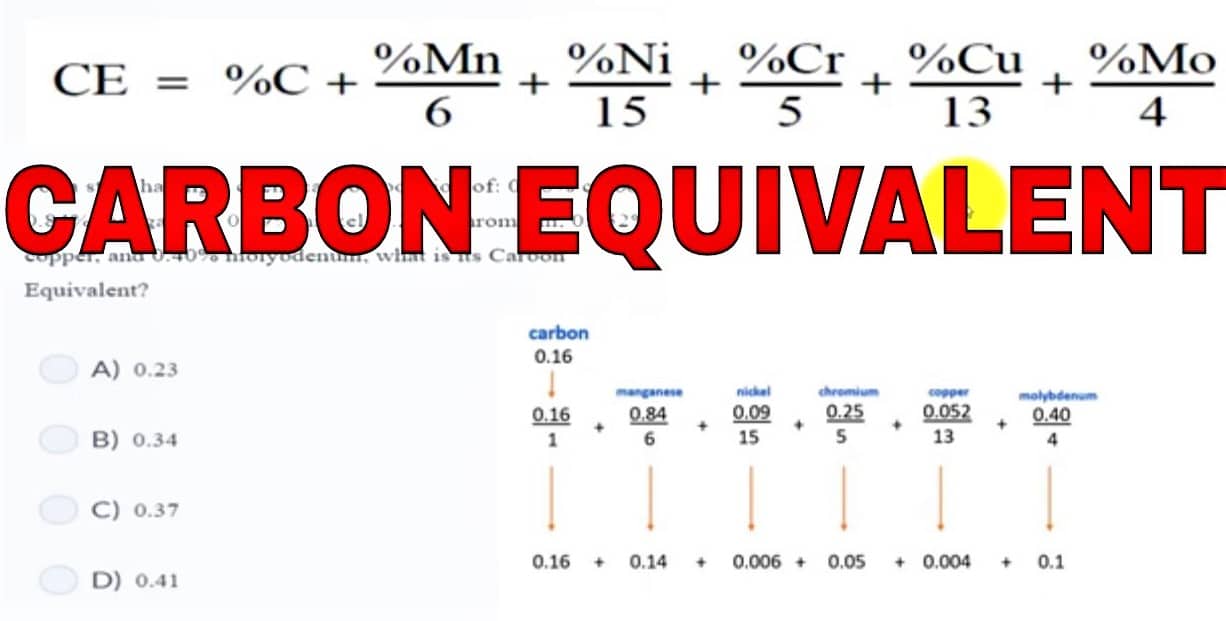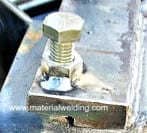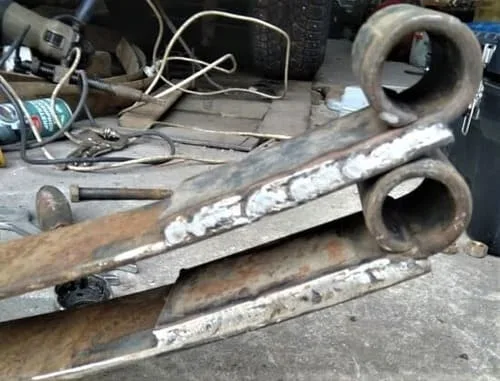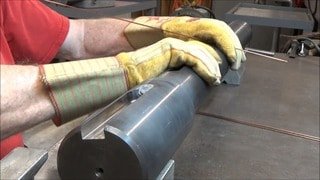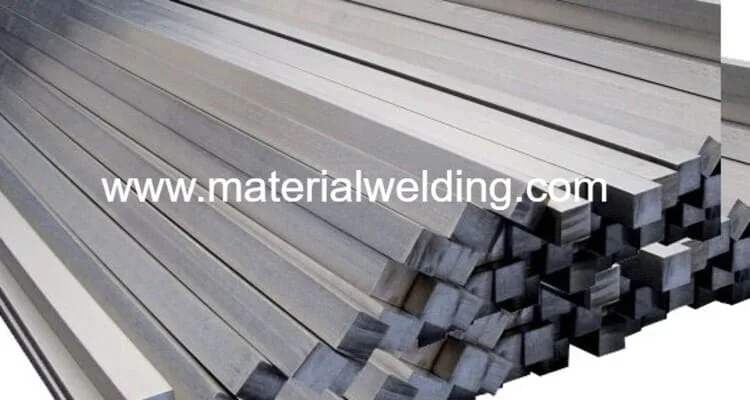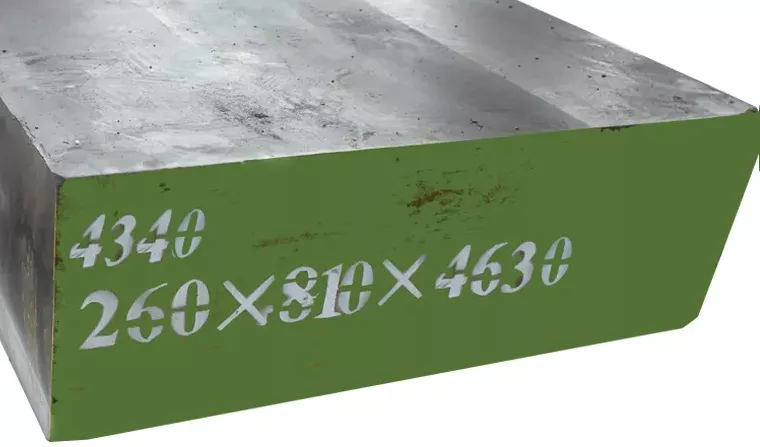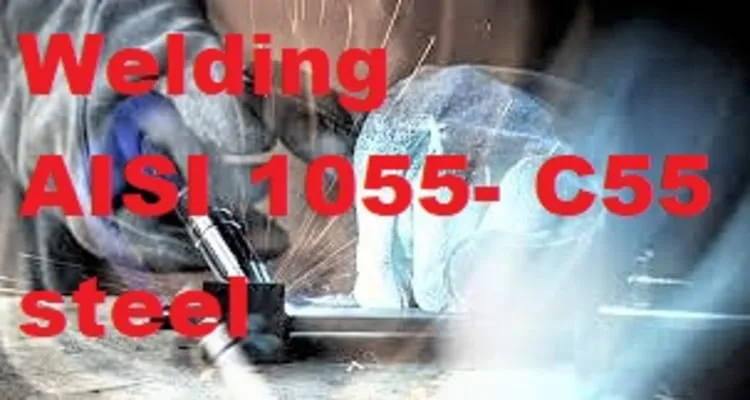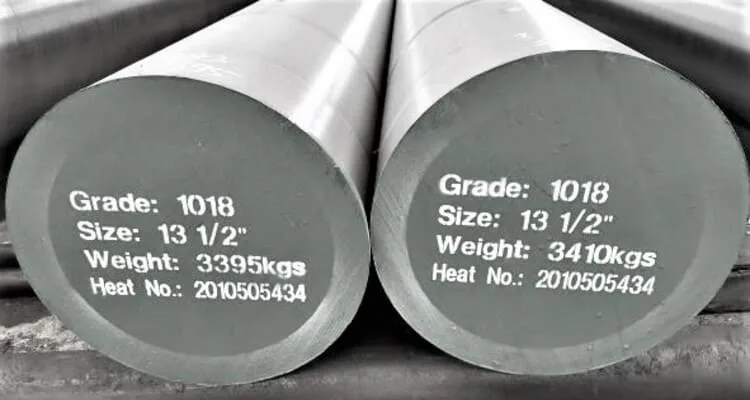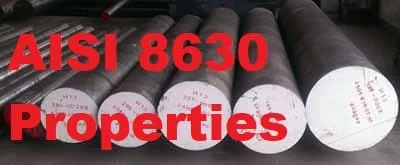Welding is a crucial process in various industries, including construction, manufacturing, and automotive. It involves joining two or more metal components together using heat and pressure. However, the quality and integrity of a weld can be significantly affected by the presence of carbon and other alloying elements.
One important parameter used to assess the weldability of a material is the carbon equivalent (CE). In this article, we will explore the effects of carbon equivalent in welding and its implications for weld quality and performance.
What is Carbon Equivalent?
Carbon equivalent or also called C.E./ CET is a numerical value used to estimate the weldability of a particular steel composition. It takes into account the combined effects of carbon and other alloying elements, such as manganese, silicon, nickel, chromium, and molybdenum.
The formula for calculating carbon equivalent varies depending on the standard used, but it generally considers the percentage of each element present in the steel.
Effects of carbon equivalent
In welding, the carbon content of steel plays a significant role in determining the critical cooling rate and the need for preheating and low hydrogen electrodes. However, carbon is not the sole element that affects the hardening and loss of ductility during rapid cooling. Other elements present in the steel also contribute to these effects.
To estimate the preheat requirement and temperature, one important factor to consider is the carbon equivalent (C.E.). The C.E. represents the cumulative impact of various elements on the hardenability of the steel. The Structural Steel Welding Code (AWS D1.1) provides an empirical formula to calculate the C.E., which takes into account the percentages of carbon, manganese, silicon, chromium, molybdenum, vanadium, nickel, and copper in the steel as follow:
- %C.E. = %C + % (Mn+Si)/6+ % (Cr+Mo+V)/5 + % (Ni+Cu)/15
A higher carbon equivalent value indicates a greater tendency for the formation of a hard and brittle heat-affected zone (HAZ).
Based on the C.E., approximate recommended preheat temperatures can be determined.
- For steel with up to 0.45% carbon, preheating is optional.
- For carbon content ranging from 0.45% to 0.60%, preheating temperatures of 200-400ºF are recommended.
- For carbon content exceeding 0.60%, preheating temperatures of 400-700ºF are suggested.
In cases where preheating is required, it is important to maintain the preheat temperature between weld passes. The heat input from the welding process is usually sufficient to sustain the necessary interpass temperature. However, for large components, additional torch heating between passes may be necessary. The objective of preheating is to reduce the quench rate, ensuring a slow cooling rate for all weld passes.
Apart from considering the carbon equivalent, several other factors should be taken into account when determining the need for preheating or post-weld heat treatment. These factors include code requirements, section thickness, restraint, ambient temperature, filler metal hydrogen content, and any previous issues with cracking.
Effects of Carbon Equivalent on Weldability
- Heat-Affected Zone (HAZ) Cracking: High carbon equivalent levels can increase the susceptibility of the heat-affected zone to cracking during welding. This is particularly true for hardenable steels, where the carbon content plays a significant role in determining the hardness and strength of the material. Excessive carbon equivalent values can lead to the formation of brittle microstructures, making the weld more prone to cracking.
- Weld Metal Toughness: Carbon equivalent also affects the toughness of the weld metal. High carbon equivalent levels can result in the formation of hard and brittle microstructures, reducing the overall toughness of the weld. This can be a critical concern in applications where the weld is subjected to impact or dynamic loading, as it may lead to premature failure.
- Hydrogen Cracking: Carbon equivalent indirectly influences the susceptibility to hydrogen cracking. Higher carbon equivalent values are often associated with higher hardenability, which increases the risk of hydrogen-induced cracking. Hydrogen can be introduced during the welding process, and if the material has a high carbon equivalent, it becomes more prone to cracking due to the combined effects of hydrogen and high hardness.
- Weld Metal Strength: Carbon equivalent can also impact the strength of the weld metal. In some cases, a higher carbon equivalent may result in increased strength due to the formation of harder microstructures. However, it is important to strike a balance between strength and toughness, as excessively high carbon equivalent values can compromise the overall weld quality.
Controlling Carbon Equivalent
To ensure optimal weldability and performance, it is essential to control the carbon equivalent during welding. Here are a few strategies to consider:
- Material Selection: Choosing a steel grade with a lower carbon equivalent can help mitigate the potential issues associated with high carbon content. Low carbon equivalent steels are generally more weldable and exhibit improved toughness.
- Preheating and Post-Weld Heat Treatment: Preheating the base metal before welding and applying post-weld heat treatment can help reduce the risk of cracking and improve the microstructure of the weld. These processes can help alleviate the effects of high carbon equivalent levels.
- Filler Material Selection: Selecting an appropriate filler material with a lower carbon equivalent than the base metal can help control the overall carbon content in the weld. This can be particularly beneficial when welding high carbon equivalent steels.
Conclusion
Understanding the effects of carbon equivalent in welding is crucial for ensuring the quality and integrity of welded joints. High carbon equivalent levels can lead to issues such as cracking, reduced toughness, and increased susceptibility to hydrogen cracking.
By carefully controlling the carbon equivalent through material selection, preheating, post-weld heat treatment, and filler material selection, welders can optimize weldability and achieve reliable and durable welds. Ultimately, prioritizing the appropriate carbon equivalent levels contributes to the overall safety and performance of welded structures and components.
